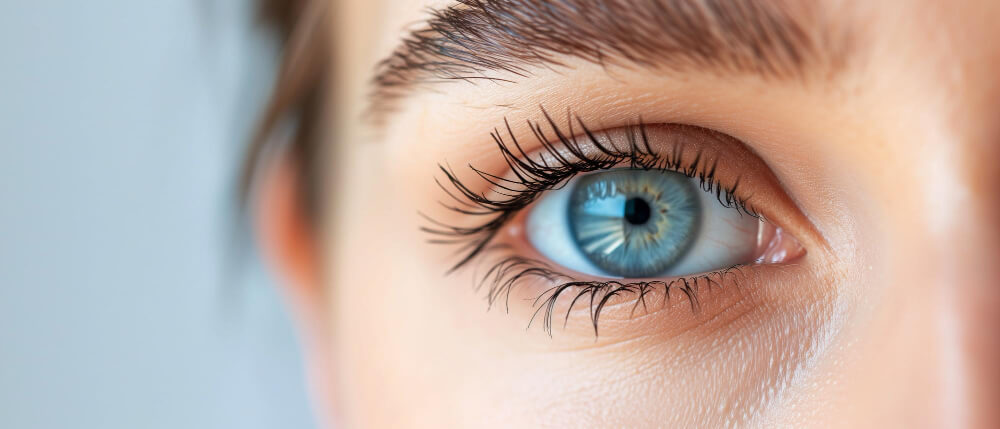Macular Hole

The macula is the part of the retina responsible for acute central vision, the vision you use for reading, watching television, and recognizing faces. A macular hole is a small, round opening in the macula. The hole causes a blind spot or blurred area directly in the center of your vision.
Most macular holes occur in the elderly. When the vitreous (the gel-like substance inside the eye) ages and shrinks, it can pull on the thin tissue of the macula, causing a tear that can eventually form a small hole. Sometimes injury or long-term swelling can cause a macular hole. No specific medical problem is known to cause macular holes.
Management - Surgical
Techniques
Vitrectomy surgery is the only treatment for a macular hole. During vitrectomy Dr Mavrikakis removes the vitreous gel and tissue pulling on the macula and keeping the hole open. The eye is then filled with a special gas bubble to push against the macula and close the hole. The gas bubble will gradually dissolve, but the patient must maintain a face- down position for one week to keep the gas bubble in contact with the macula. Success of the surgery often depends on how well the position is maintained.
The gas bubble gradually goes away over time, and natural eye fluids take its place while the hole is healing. If you have had surgery for a macular hole using a gas bubble, you won’t be able to travel by air for several weeks, because the gas can expand with pressure changes, causing eye damage. With treatment, most macular holes close, and some or most of the lost central vision can slowly return.
The amount of visual improvement typically depends on the length of time the hole was present. People who have had a macular hole in one eye have a higher chance (about 10 percent) of developing a macular hole in their other eye at some time in their life. Therefore, you should have regular eye exams as determined by your eye doctor to catch problems early.

